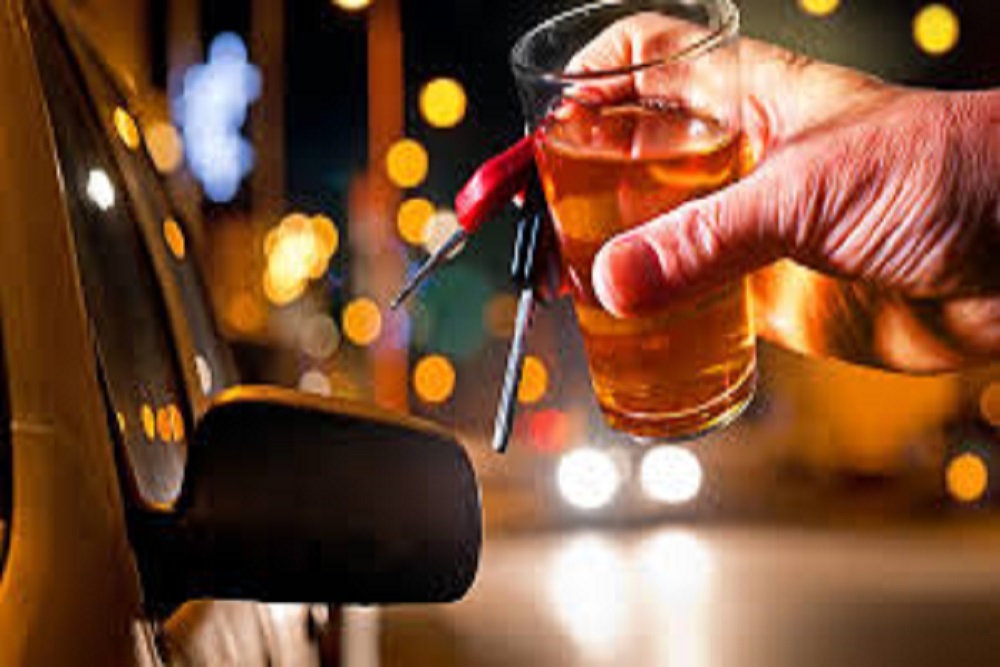American Insurance Association issued the following announcement on Aug. 30.
Labor Day weekend ushers in the last surge of summer travel and festivities, but also marks the final stretch of the 100 deadliest driving days of the year, when factors combine to make the roadways particularly perilous.
This holiday weekend, the American Property Casualty Insurance Association is urging travelers to take extra precautions, as the number of drivers—especially young people—in combination with increased distractions and impairments make summer travel more dangerous. An average of 260 teens are killed in auto crashes each month during the summer, 26 percent higher than other months of the year, according to We Save Lives, a highway safety advocacy organization. Overall, car crashes are the leading cause of death among youth ages 16 to 19, according to the National Institutes of Health.
APCIA also warns of a mounting concern: the increased prevalence of legal marijuana use and the inevitability of more drivers under the influence of marijuana.
“The 100 day stretch between Memorial Day and Labor Day is historically the most dangerous on roadways, especially for young drivers. Now with all but 16 states allowing some legal form of marijuana use, there is even more reason to be concerned about the potential dangers on the roads,” said Christy Thiems, senior director, policy, research, and international, APCIA.
Marijuana use can slow reaction times and interfere with coordination, perception, judgment, and other critical abilities necessary for safe driving. Currently, there are no standardized methods of measuring marijuana impairment in drivers, such as a Breathalyzer.
“There is an urgent need for increased public awareness of the dangers of marijuana, more comprehensive research to develop an impairment standard and better methods for law enforcement to measure the effects,” added Thiems.
APCIA offers these tips for safer driving:
Never drive under the influence of drugs or alcohol. Remember, just like driving drunk, driving high is illegal. Evidence shows that marijuana use can impair critical abilities necessary for safe driving, such as attention, reaction time, lane tracking, and cognitive and executive functions. Whether you’re high or drunk, your judgment, motor coordination, and reaction time are impaired.
Avoid distracted driving. Never hold the phone, text, or use apps while driving. Try to limit other distractions, such as eating and be aware that having more passengers in the car multiplies the opportunity for distraction. Secure pets in the back of the car.
Buckle up. Whether you’re traveling to see friends or family or just running errands, buckle up and drive safely. Seat belts save lives and help prevent injuries. Also, make sure kids are in the proper car or booster seats.
Plan ahead and allow extra travel time. With more people on the road, often driving in unfamiliar territory, the potential for auto crashes increases. Plan routes in advance when traveling to new destinations to avoid being distracted by the GPS.
Observe speed limits. Stay focused on the road and aware of changing traffic patterns caused by construction. Enforcement penalties for texting while driving are often higher in construction zones.
Have a plan for roadside assistance. If you are involved in a crash, have the phone number for your insurer or roadside assistance program ready. Beware of towing companies that take advantage with excess fees and making it difficult for people to retrieve their cars.
Original source can be found here.










 Alerts Sign-up
Alerts Sign-up